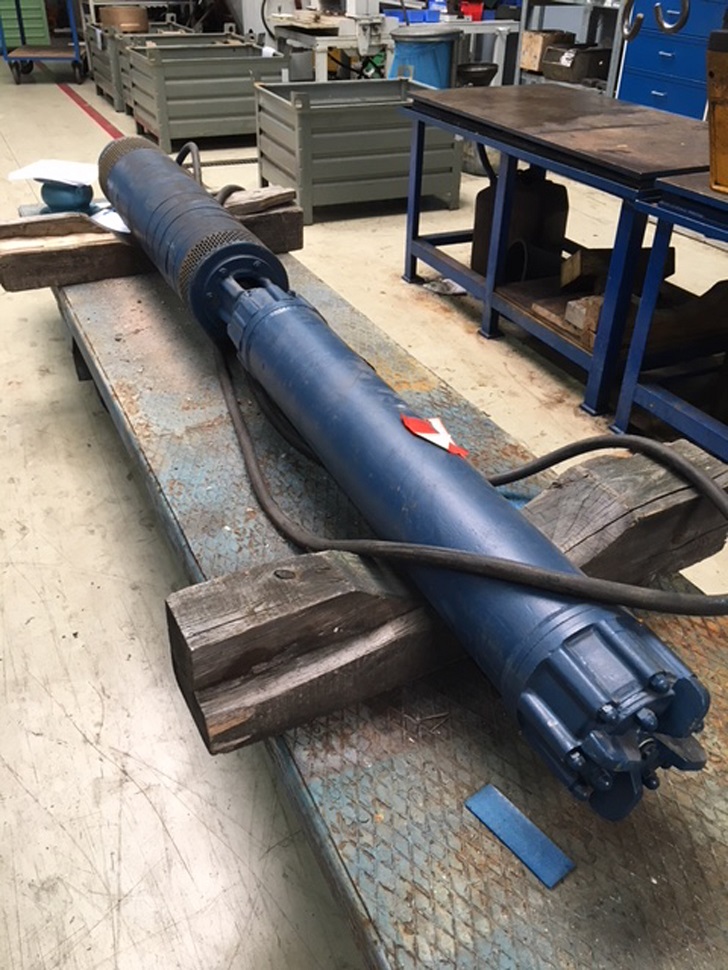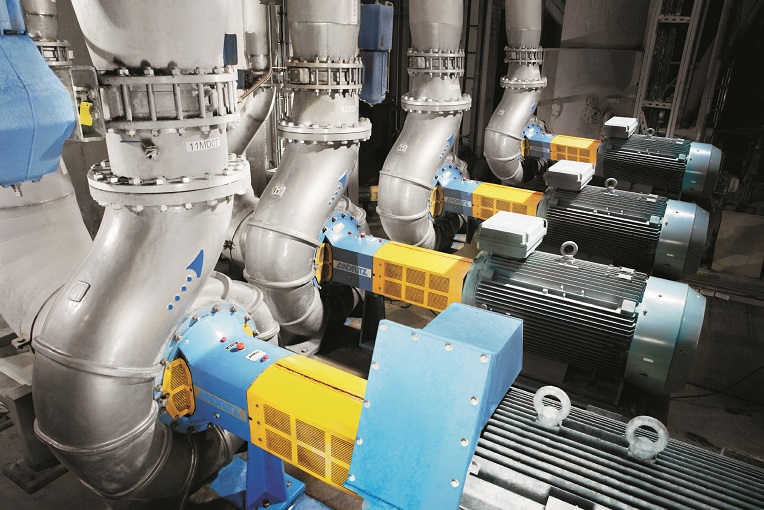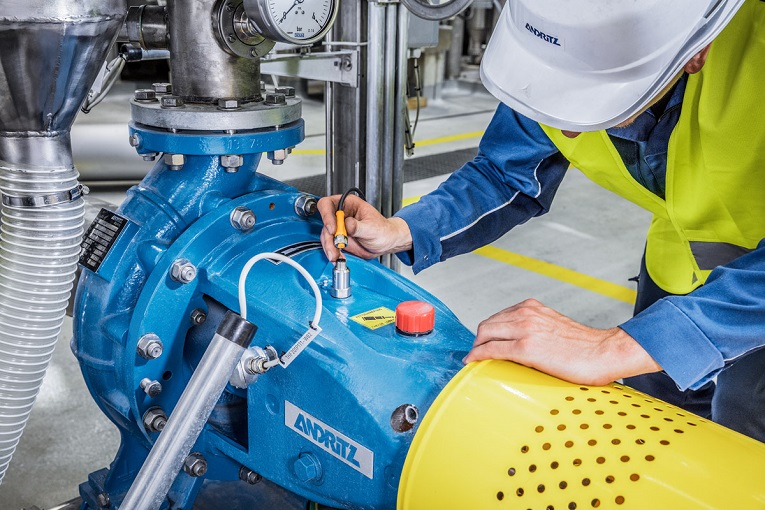


An ANDRITZ centrifugal pump installed in 1954 to convey crude oil is still going strong. The technology features high reliability of service and long service life, as this example impressively demonstrates. After 65 years, the pump model is still operating perfectly.
The German state of Schleswig-Holstein has a long tradition of processing crude oil. One of these processing facilities is the refinery location Heide. Prompted by demand for fuel by the navy, building work began in 1940 in Hemmingstedt on the first continuously operating crude oil distillery. Two crude oil distillation plants were built with a total annual capacity of 100,000 tons and laid the foundation for Heide today as a refinery location.
In 1949, mining operations were shut down and extraction of oil chalk in Heide also came to an end as a result. The location was expanded and converted into a refinery only. In this period, Ritz Pumpenfabrik GmbH, which today is a part of the international ANDRITZ technology group, began delivering several centrifugal pumps to the site.
Ahead of their time The pumps that were delivered between 1949 and 1956 were designed for a flow rate of 120 m3 per hour to transport diesel fuels. It is important to point out that these pumps already contained a mechanical seal and thus were far ahead of their time because this technology did not really take off until the 1970s. At that time, ANDRITZ, now with €6 billion in sales and over 26,000 employees, was already far ahead of the market and of its time as well.
The Heide refinery continued to develop in the course of time. Today, the northernmost crude oil refinery in Germany, covering a total area of 134 hectares, processes more than four million tons of crude oil every year. This production chain still includes six pumps from the period 1949 to 1956. The oldest was built in 1954.
Due to the increasing air pollution control requirements, the original stock had to be replaced gradually by pumps with a better technical seal using double mechanical seals and magnetic couplings. The six remaining pumps convey crude oil that is processed to obtain diesel, fuel oil and jet fuel, thus providing mobility and heat.
Long service life The apparently above-average long service life of the ANDRITZ pumps at the Heide refinery may seem unique. But it isn’t. Sixty-four years after being manufactured in 1954, a double-suction submersible motor pump was recently signed up for its first ever inspection at ANDRITZ Ritz GmbH in Schwäbisch-Gmünd, Germany. Patented in 1930 by the current ANDRITZ subsidiary, the design underwent continuous further development and optimization over the years.
Today, these pumps are also operating under the toughest conditions in all areas of water procurement, distribution, and drainage in mines around the world. The technology features particularly high reliability of service and long service life, as the current example impressively demonstrates. After 65 years, the pump model is not only operating perfectly, but its submerged motor still also has insulation resistance of one gigaohm. In comparison, values in the megaohm range are standard on the market today.
Digitalized life cycle ANDRITZ centrifugal pumps like those in the Heide refinery or also the submersible motor pumps provide strong evidence of their particularly long life cycle in general. The trouble-free and long-life cycles of these hydraulic machines are indispensable for any kind of industrial process. That is because pumps are the perfect ‘health indicators’ in manufacturing processes. They report any type of change or problem that can occur in the process at an early stage. While the tried-and-tested ANDRITZ pumps at Heide refinery can only indicate a problem by grinding to a halt, today’s generation of pumps are able to communicate with the operator.
As they are fitted with special sensors that take measurements continuously, pump-specific data can be collected and analyzed in the course of long-term plant monitoring to maintain operating reliability at all times. For this purpose, ANDRITZ offers highly developed condition monitoring solutions for pumps under its own technology brand, ‘Metris – Foresee digitally’.
ANDRITZ imports the data obtained into the Metris data base and processes it. After the IIoT solutions have been installed, The company provides suitable training for the customer’s personnel. These data can then be retrieved on various terminal devices by means of online monitoring with the respective process analyses.
Industrial Internet of Things At the specific request of the customer, ANDRITZ service staff can also log into this Industrial Internet of Things (IIoT) system in order to analyze the data. Using this as a basis, recommendations can be made for operation and optimization of the entire plant and the ANDRITZ service team can always be available to provide additional support, even after completion of the project itself. In this way, it is possible to determine, implement and secure the optimum process efficiency sustainably in each case by making use of the pattern recognition process and the competence of the service staff.
In doing so, the international technology group raises pump and plant operations sustainably to a new level. By monitoring via an intuitive human-machine interface in the control system, which is equipped with groundbreaking digital and visual technology, highly efficient work procedures can be calculated in future and enable pro-active measures to be implemented on the basis of data analysis.
In this way, our IIoT technologies become the basis of Internet of People (IoP) solutions, creating a network between the customer’s specialists and the ANDRITZ experts. This value-adding connection results not only in professional preparation of the data gathered, which also improves plant performance, but furthermore enables our customers to use successfully applied business intelligence for the purposes of risk mitigation, cost efficiency, and ecological optimization.





